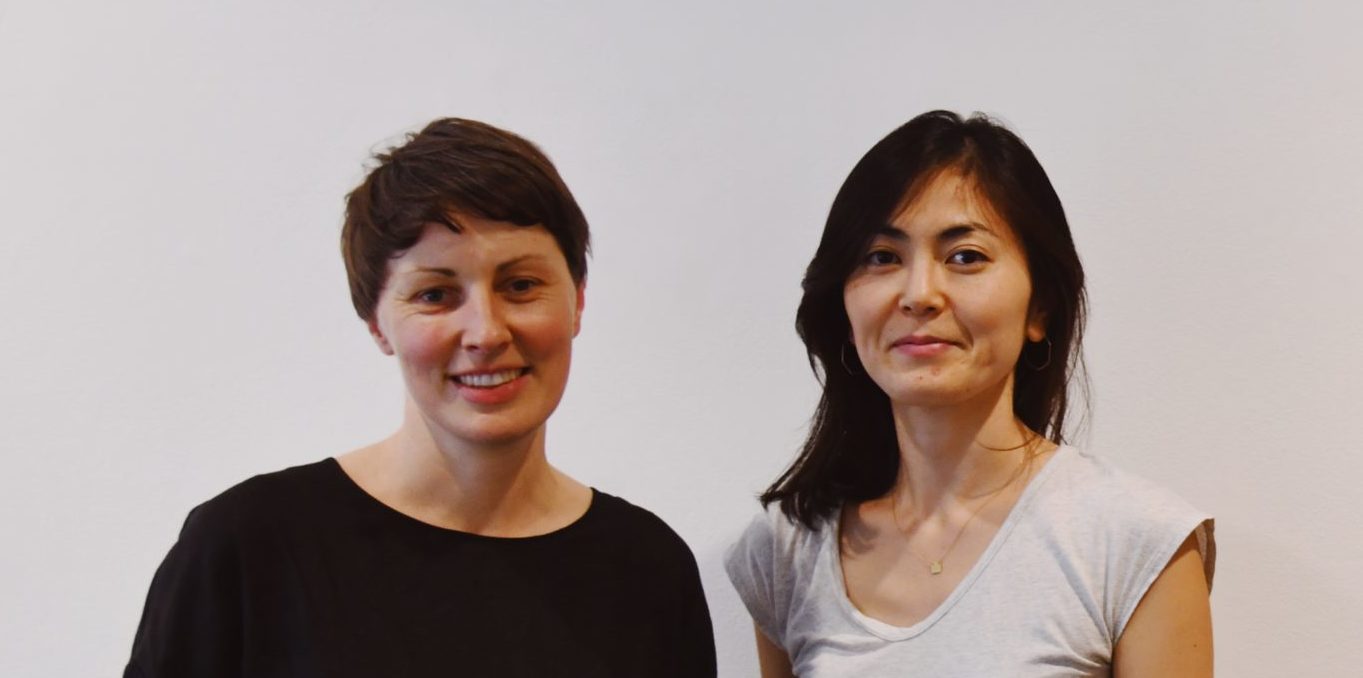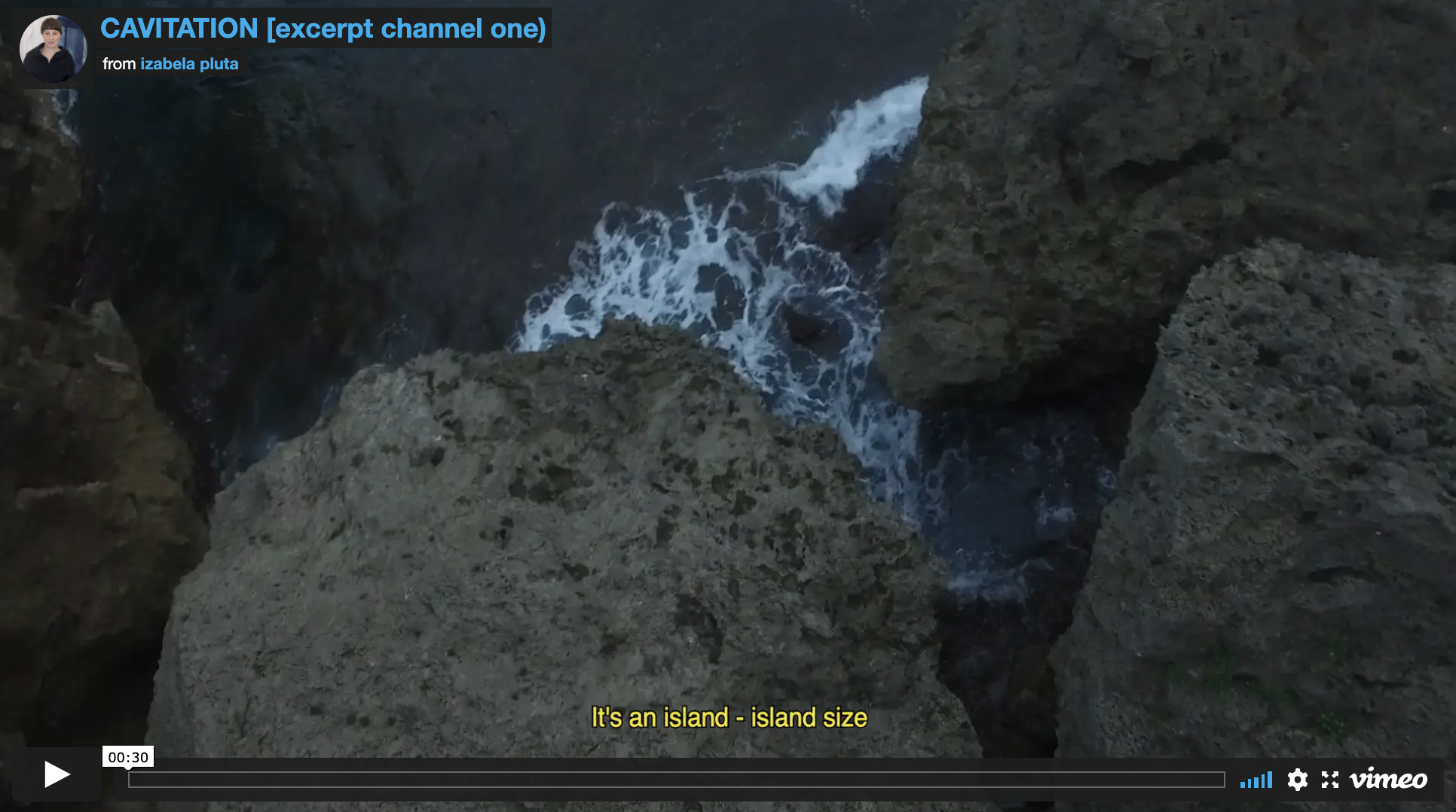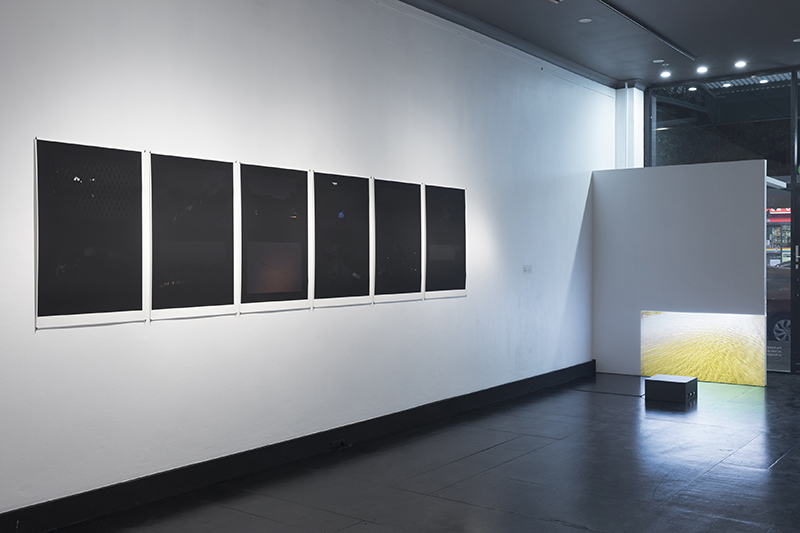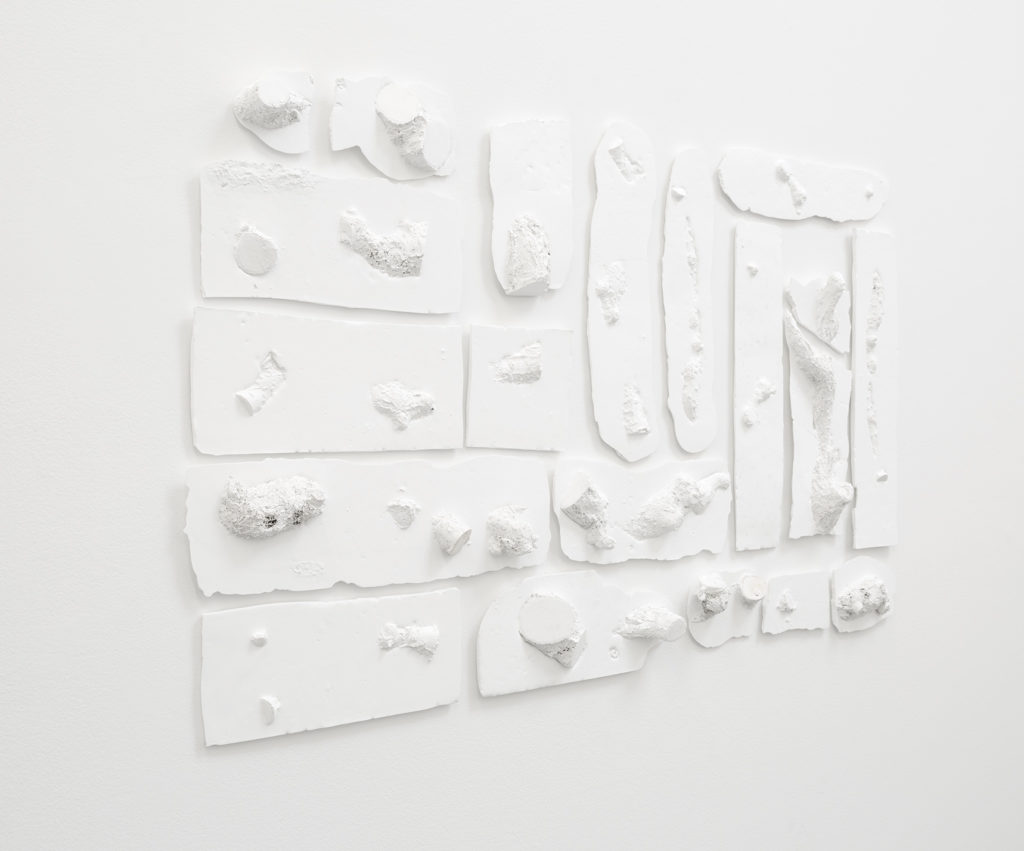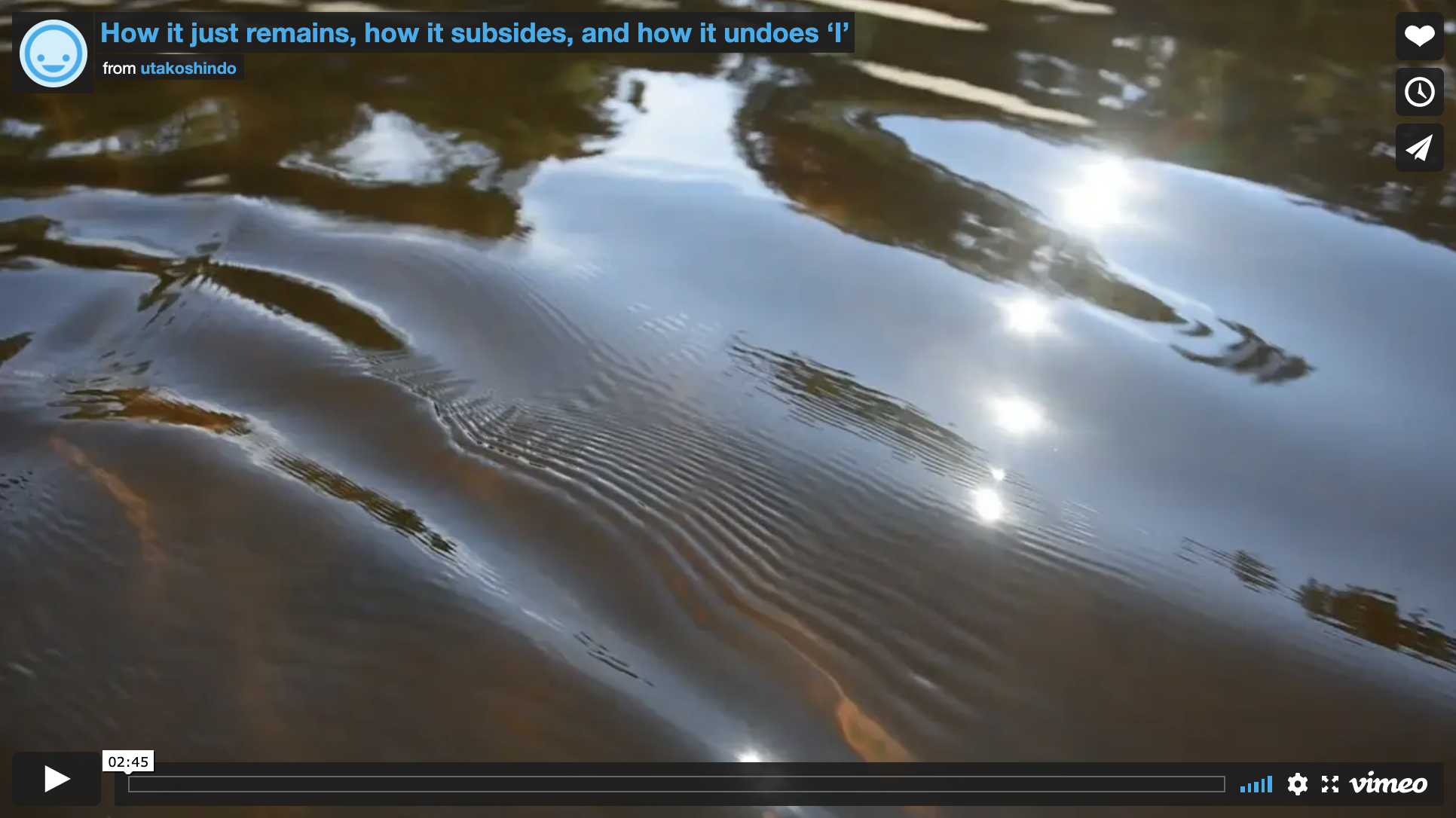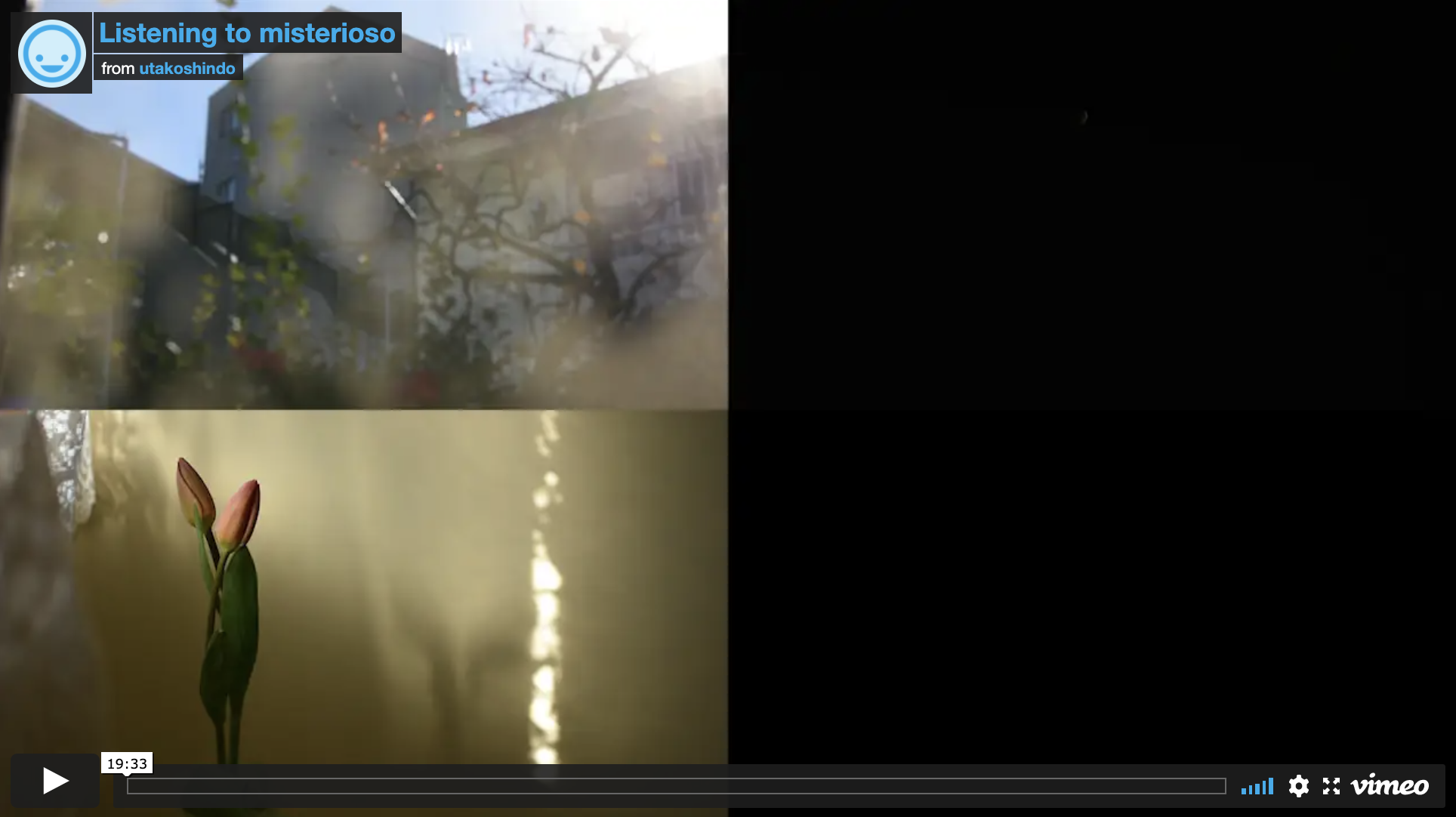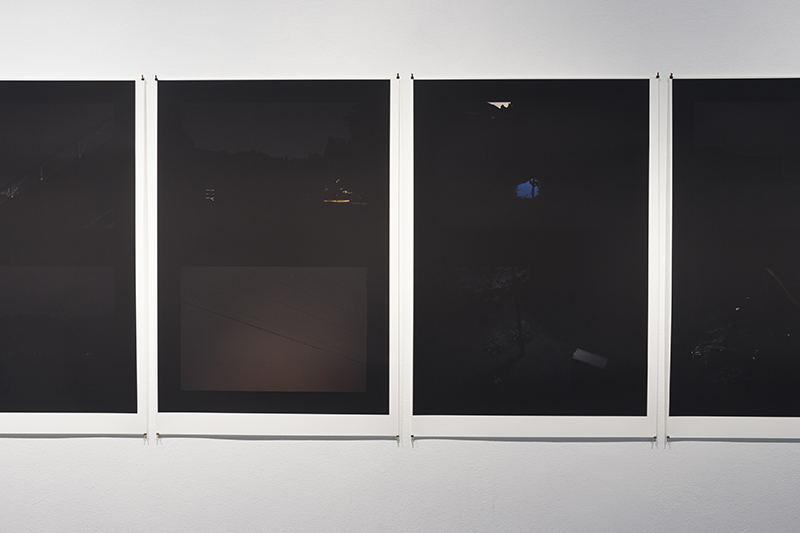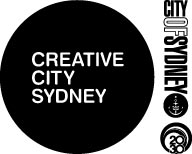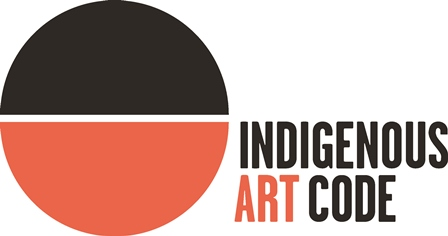Artists in Dialogue
Artists in Dialogue
Izabela’s work explores an underwater rock formation situated off the coast of Japan’s western most islands, where the Pacific Ocean and the East China Sea meet. This oceanic relic is allegorically potent prompting archaeologists and scientists to speculate on it being either a natural anomaly or a cultural artefact. The artist questions: How does this site evoke myth, making us complicit in the fiction that surrounds it. Or, how does mythology transcend fixed notions of place to offer an alternate set of shifting coordinates.
Izabela’s drone-mounted camera surveys, at times erratically, the nearby terrain from above. Occasionally it comes across found artefacts, or flotsam, which have drifted with ocean currents to serendipitously fall between the enclaves along the coastline.
Izabela
[For the work Cavitation] I have a series of takes from the air, which I made using a hovering drone. These segments – which are rather eclectic – record the coast line where large rock formations (limestone rather than sandstone) have fallen into the sea. While this footage doesn’t depict the underwater formation that drew me there, I’m finding that as I continue to decipher the material I have, all the work is less about the formation’s ‘appearance’, but rather about how the archaeologically disputed underwater formation resonates with a broader exploration around temporality, mutability and the impermanence of places. This is something I thought may have happened and I think we touched on that when we met – the idea of the experience of a particular place building knowledge and intuitively holding and unravelling more than the site itself can offer.
Utako
In ‘Ode to Zephyrs’ murmuring petal #1′ the petals indicate the white flowers of this Japanese apricot tree (ume) you also see in moving image ‘Listening to Misterioso’. When I made all thirty-five cyanotype prints the tree had been already fallen over in my family’s garden. The shadows of the ume branched are fallen ones and the other shadows of leaves were from other trees in the garden near where the ume had been standing. I call the work ‘Ode to….’ because the presence of spirit/memory/life of ume tree was still there in the other living plants and trees in the garden.
Allison
For me the images are like the aura, the vegetal ife forces shared aby all the plants living in the garden. In creating this work, you are poetically visualizing your sensitivity to this entanglement.
Utako
The earth’s shadow indicates a lunar eclipse, so this idea is also captured in my work ‘Listening to Misterioso’ (2011-2018). In thinking that the moon is derived from a piece of the Earth, which separated billions year ago and so I imagine the branches of Japanese apricot tree (梅 Ume) contain some natural elements also found in the moon. In the early stages of making these works, the whiteness of the ume petals in the video was linked to the colour of the plaster.
Allison
There is also a strong connection to the triptych of cyanotypes ‘Ode to Zephyrs’ murmuring petal #1’ (2018). This work is the result of play light on different types of Japanese paper some of which are made from the inner bark of the mitsumata, or mulberry, tree. I appreciate these links in your practice across different the media.
Utako
My most recent works were inspired by residing in Tokyo, and also Bundanon for a certain period of time. That means, I live(d) the everyday t/here, in a certain rhythm, punctuated by my personal and work life, along with the change of light, atmosphere or seasons. The repetition of everyday – continuous ‘living’ – in turn, allowing me to notice rich shades of color, or to be attuned to different tones of sound: all very subtle. They are experienced as nuanced ‘shadow-light’ or/and fertile silence.
In this rich place, I am reminded again and again, that ‘borders’ between natural and artificial lives/worlds are porous. Indeed, the sound, light or wind leaks or escapes from/into other sides effortlessly. Perhaps I can draw analogy with how the life/anima transforms/metamorphosis from one body to another, beyond the intention/limit of the body itself.

